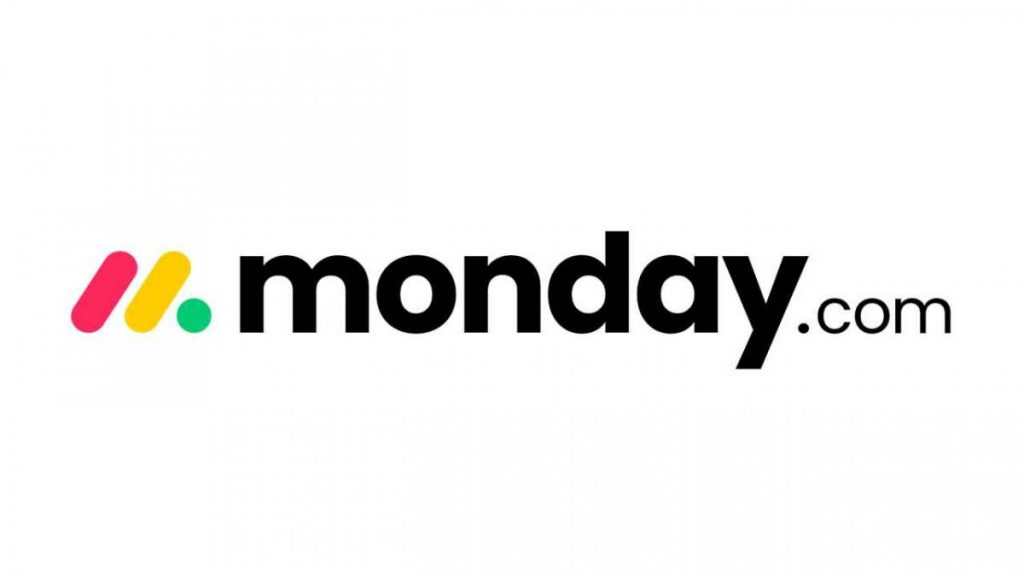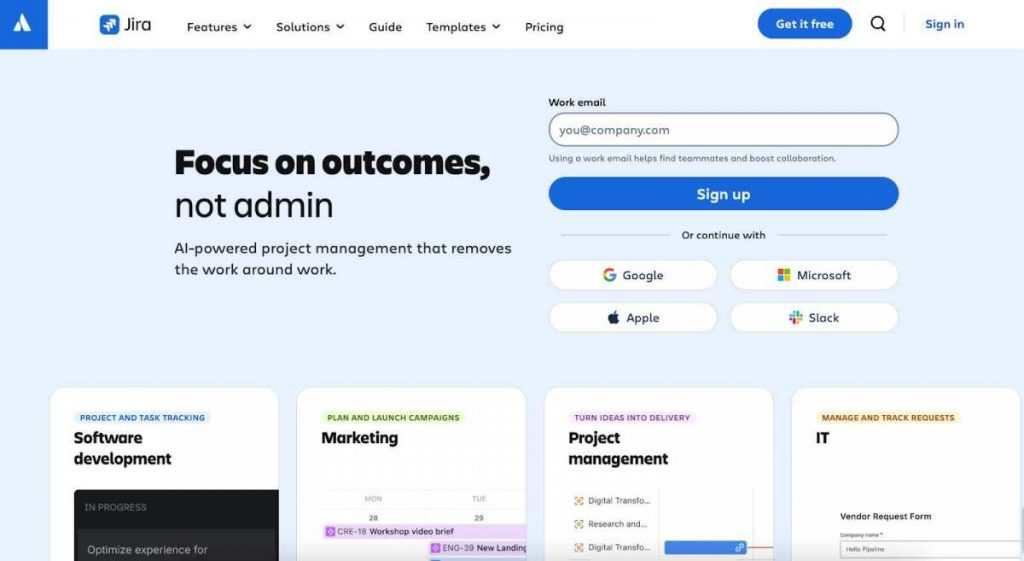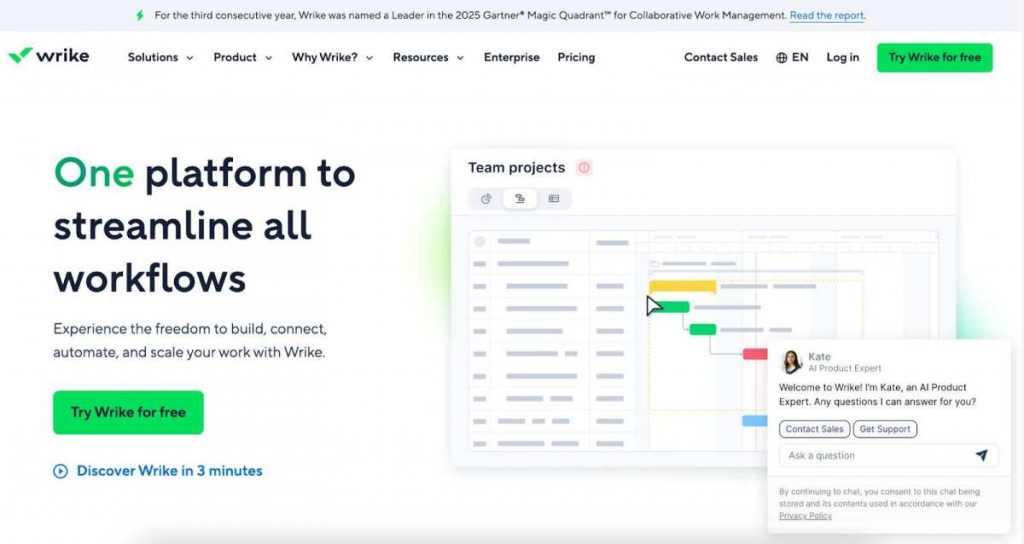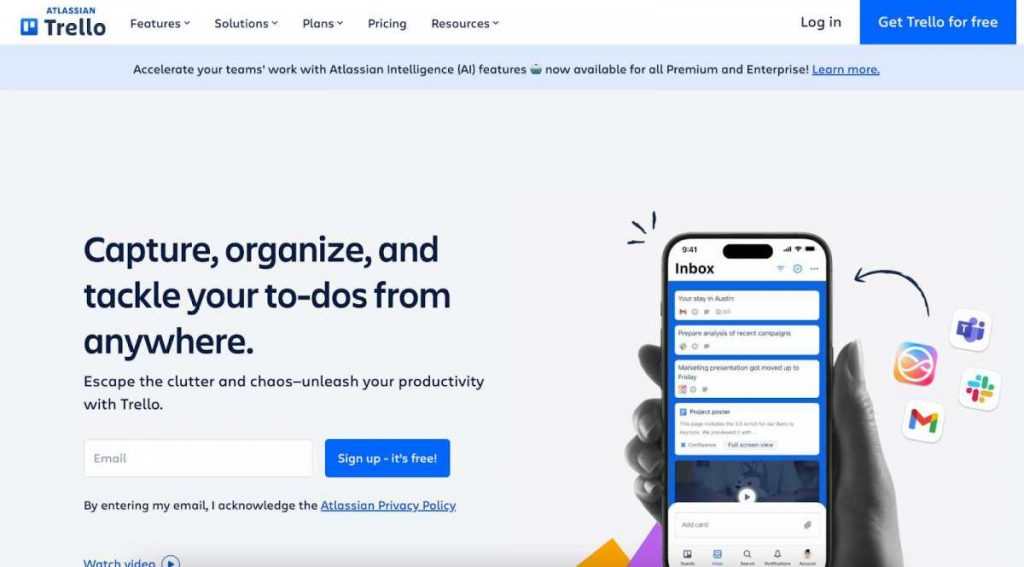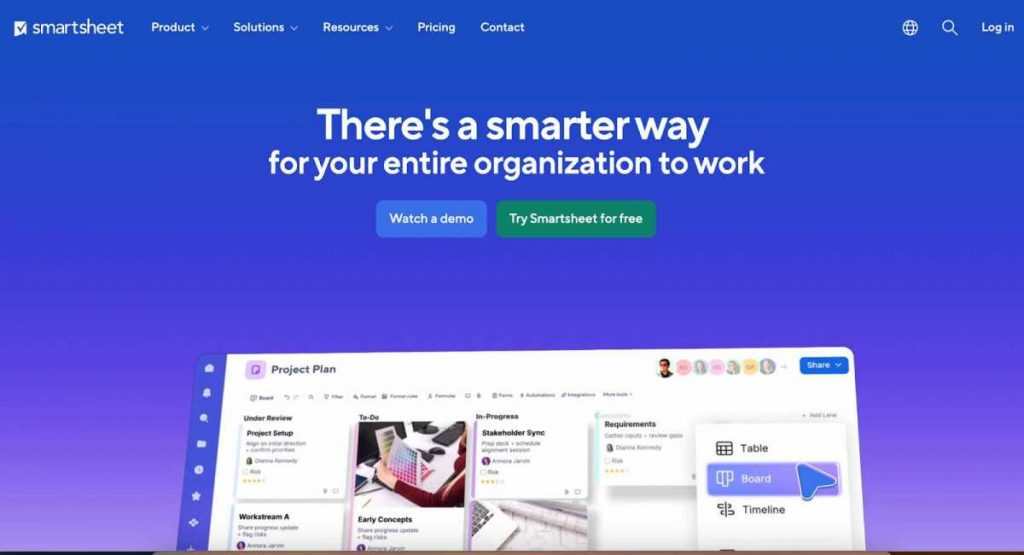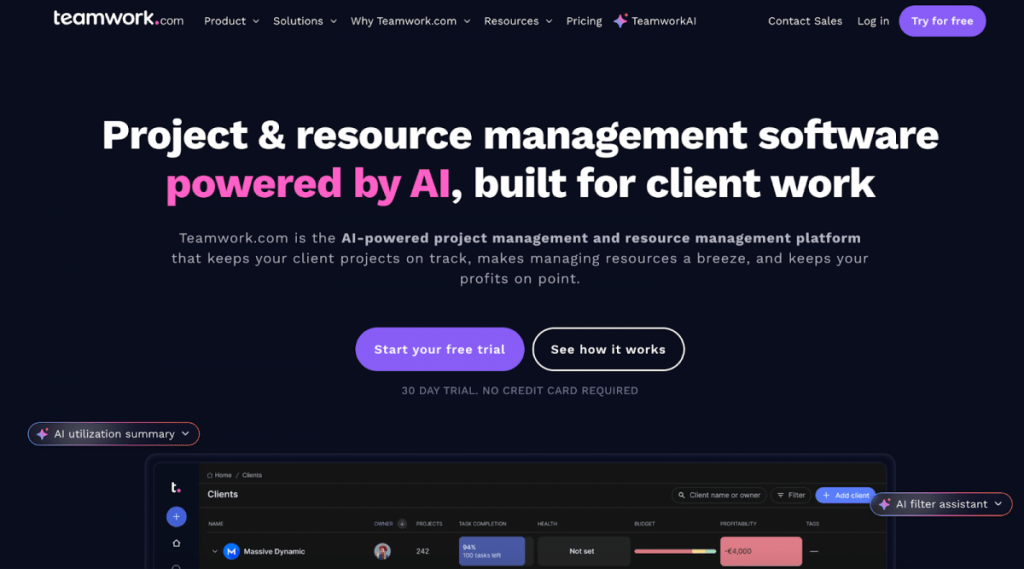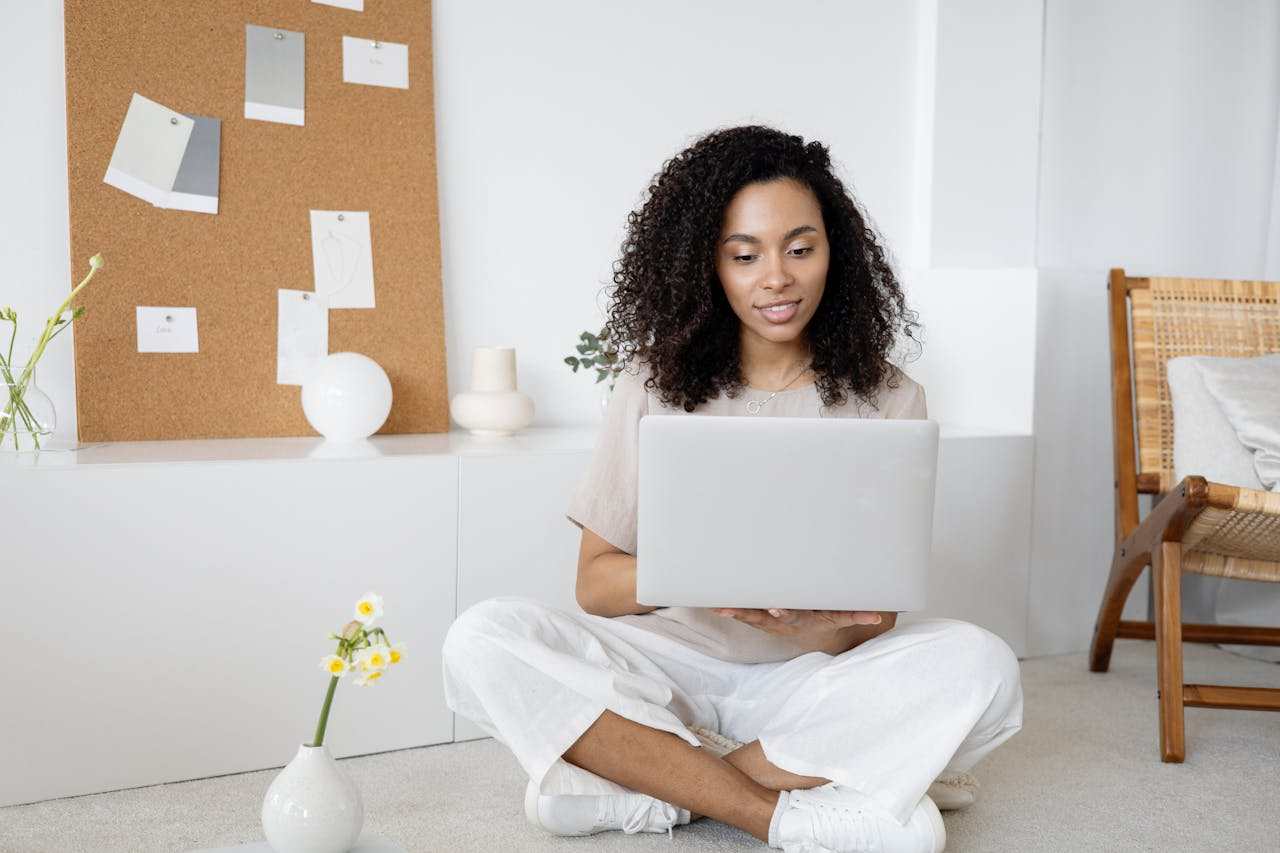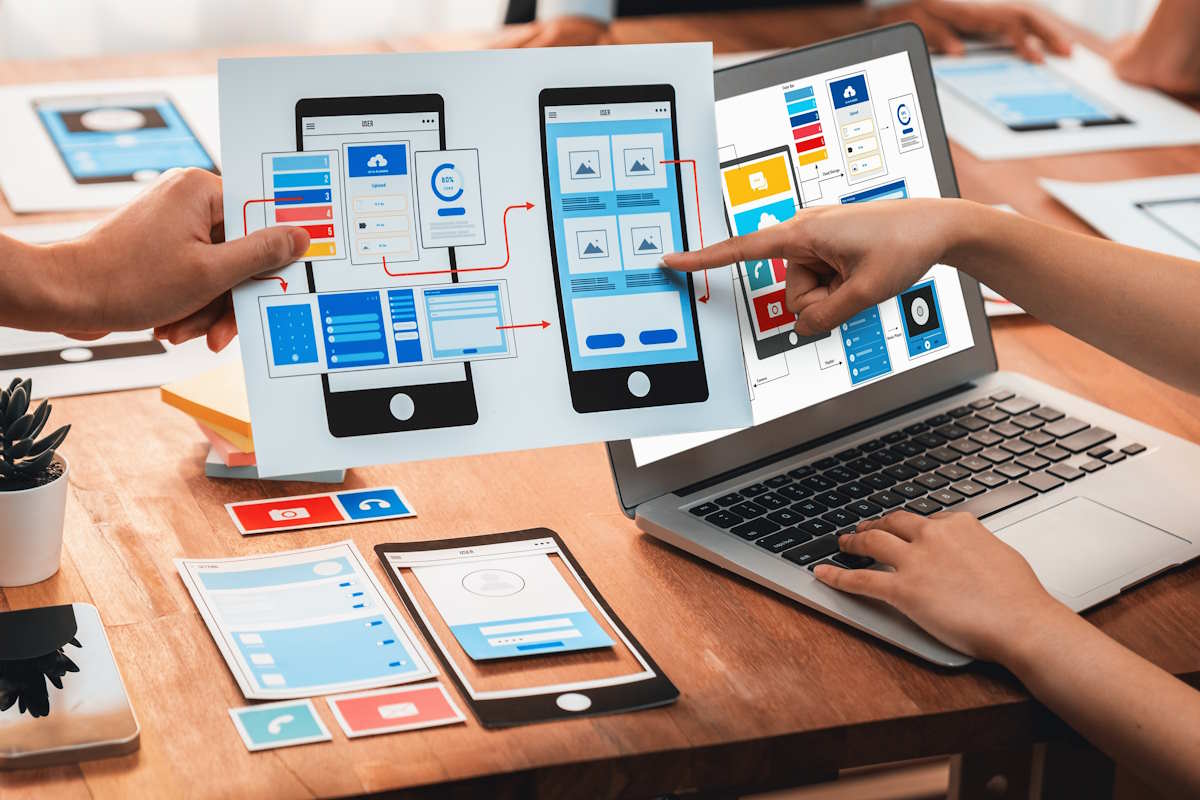Picture a shopper landing on your product page after scrolling through socials on the train ride home. In the few seconds before they decide to stay, you have one chance to show that your store understands their corner of the world.
That moment of recognition is exactly what geo targeting popups by GeoPlugin delivers. The tool taps the visitor’s IP address, matches it to a real-world location, and quietly swaps an ordinary message for something that feels written just for them: an incentive in the right currency, a greeting in the right slang, or a shipping promise that actually applies.

Why Location Matters Now
A store that treats every visitor the same quickly slides into the background noise of the web. Shoppers who live in Milan but see references to Thanksgiving discounts suspect the brand isn’t paying attention. The irritation is subtle, yet it builds with each mismatch: a currency symbol that doesn’t match the credit-card statement, delivery estimates that ignore a border, legal disclaimers for the wrong jurisdiction. When you remove those frictions, curiosity rises. Customers can focus on color, size, and price instead of decoding whether an offer is even valid for them. That clarity alone boosts the chance they will reach for the buy button, not because of hype but because the path looks smooth. Geo-targeting popups act like a concierge who switches signs, price tags, and shipping notes before the shopper notices anything is amiss. The result is not louder marketing, but quieter doubt.
How Geo-Targeted Popups Work
Under the hood, geo-targeted popups follow a four-step dance. First, a snippet of JavaScript fires as the page loads and asks a geolocation API where the current visitor is connecting from. Second, the script stores that answer in a lightweight variable country, region, city, and sometimes currency. Third, a rules engine compares the variable with the conditions you created in the dashboard: show the “free Saturday delivery” banner to addresses inside the San Diego metro area, swap in the “VAT included” note for anyone inside the European Union, and hide the holiday promo for countries that do not celebrate it. Finally, once a rule matches, the creative layer fades in with copy, imagery, and buttons already tailored. Because the decision happens before or during rendering, the shopper never sees a flash of irrelevant content. No server augments personal profiles, no deep cookies follow the visitor across the internet; the logic lives in real time, on that single session.
Crafting Compelling Local Offers
Localization is more than swapping colors for colors or dollars for euros. The aim is to make the offer feel inevitable, as though the site always planned to serve this precise visitor. Start with a universal campaign idea, mid-season refresh, anniversary thank-you, or new-collection sneak peek, and then layer geographic seasoning. For example, a summer refresh becomes a “Back-to-Beach Bundle” on Australia’s Gold Coast while morphing into a “Rainy-Day Reader Kit” in drizzly Manchester. Keep the skeleton identical: headline, short benefit line, expiry hint, prominent button. Only the flesh changes. Photo choices matter too. A parka against a snowy backdrop misfires in a tropical climate, yet the same coat photographed on a windswept pier might resonate with coastal shoppers who still need warmth. Remember that shipping promises are offers in disguise. A banner that says “Order in Taipei before 3 p.m. for same-day arrival” can out-pull a generous coupon because it removes a practical objection, not just a financial one.
Implementation Tips Without the Headaches
Rolling out geo-personalization does not require a fresh CMS or a dedicated developer squad. Drop the provider’s script into your tag manager, map a few default rules, and publish. Resist the temptation to build twenty variants on day one. Instead, launch with three: one for your primary market, one for a secondary region, and a fallback for everyone else. This limited scope keeps analytics readable and troubleshooting swift. Set a gentle trigger such as a five-second delay or a scroll threshold rather than an immediate page-load ambush. As traffic flows, watch for edge cases: VPN users, imported wish-lists, gift shoppers sending items across borders, and create exceptions only when the data proves a genuine need. Version control your creative assets so local teams can refresh copy without editing code. Finally, schedule a quarterly cleanup. Old promotions lurking in hidden rules create confusion later, and deleting them takes minutes if you prune regularly.
Balancing Personalization and Privacy
Personalization works only while trust holds. Tell visitors, in plain language, that you check their approximate location to adjust prices, language, or shipping options and that you forget that information as soon as the session ends. Offer an obvious dismissal button on every pop-up and respect it for a reasonable span. When customers control the interaction, they rarely feel stalked. Simple transparency beats elaborate disclaimers.
Quiet Metrics That Matter
Give attention to the murmurs, and not the screams. Measures of micro-engagement to track include: time to first click, depth of scrolling once the pop-up has been displayed, and rate of copying coupons. These nuanced measurements indicate whether the message is useful or annoying before the data on conversion is collected. Compare the behavior of a localized and generic cohort over one week, and then refine copy or timing instead of redesigning the entire flow. These small increments in these early indicators usually percolate down the funnel and flatten checkout, and condense support tickets. You should use the dashboard as a conversation log, but control both the tone and timing, as you know how each area responds to the conversation.



